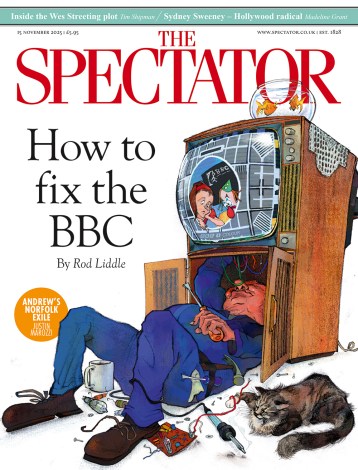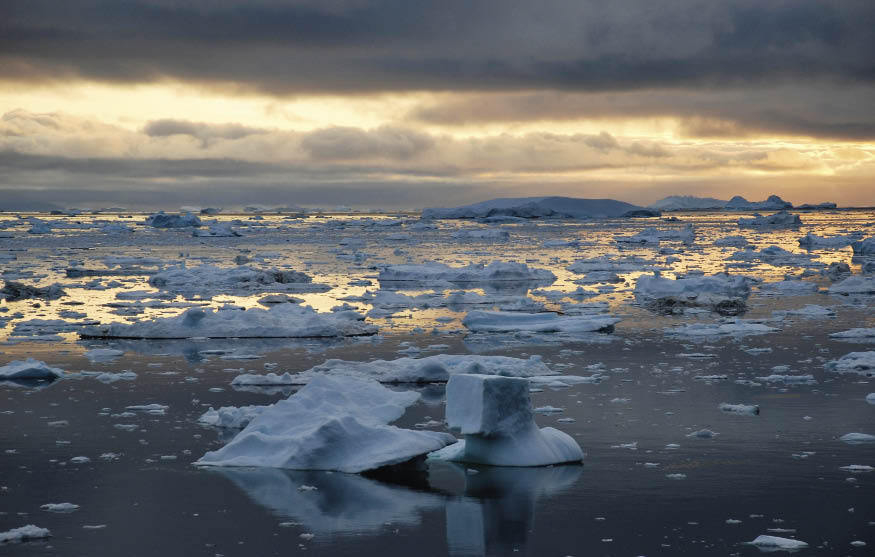For thousands of years, no one knew what lay in the ice around the North Pole. The blanks on the maps fuelled the imaginations of classical writers, who crafted stories of Hyperboreans living in a gaudy paradise, dancing with Apollo and generally misbehaving. As explorers from southern Europe travelled further north — revealing intransigent and not very Hyperborean locals, the Scrithofini, as Procopius called them, who liked to slide through forests with planks of wood stuck to their feet — everything got mixed up: myth and reality, fable and cartography.
As late as 1893, when the Norwegian, Fridtjof Nansen, set off towards the North Pole, various eminent scholars — influenced perhaps by earlier dreams of a northern land of plenty — remained convinced that there was land at the Pole. They warned Nansen that he would run aground. Nansen, equally, set off on his expedition — armed with a theory about ocean currents, which proved to be right — describing himself as a figure in a fairytale, creeping towards an ancient sleeping frost giant, fearful of waking him.
Nansen could still write of the force and magnificence of Arctic nature, of the Pole as a place beyond the reach of man — his own attempt failed — of the eternal ice and its indifference to small struggling humans. The last century has profoundly changed both the Arctic and the myths we cast onto the ice. The most northerly reaches of the globe have been mapped. The second world war proved that nowhere was too frosted and forbidding to be dragged into the conflict. The Arctic lands were occupied by foreign troops, their populations conscripted by opposing armies. During the Cold War the Arctic supplied a vast white hiding place for military secrets: airbases at 80 degrees, nuclear submarines lurking beneath the Pole. Now the Arctic has become less ancient giant than fluttering litmus paper, scrutinised anxiously by climate scientists.
Yet the Arctic still offers vast tracts of wilderness that leave one spellbound and slightly disturbed. In Greenland the mountains are bright red, the sky is purple and the sea a burnished silver. In Iceland there are black lava plains, and the lakes glow green in the moonlight. If you spend a while in these parts, you begin to understand why the frozen ocean so stunned the Greeks, or why pre-medieval Irish clerics went to Iceland to atone for their sins, or why the Vikings constantly thought they were being haunted. It remains a beautiful, bizarre, uncanny place, and I must confess that the suggestion of the publishers of The Future History of the Arctic — that the Arctic has now ‘found its way to the centre of the issues which will challenge and define our world in the 21st century’ — made me rather apprehensive. I started to fear that this book might be earnest and perhaps a trifle dull, like attending a five-day meeting of a trans-Nordic-intra-Inuit-Chukchi-friendly-Council.
Yet my fears were swiftly allayed. Charles Emmerson has written a superb book, which seamlessly intertwines travelogue, history and jargon-free analysis. He guides us through Russia, Alaska, Norway, Greenland and Iceland, considering their histories during the last century or so and offering some tentative proposals about what might happen in the future. He nods to modern polar exploration and particularly Nansen, and he also brings in the less celebrated figure of Vilhjalmur Stefansson, a Canadian adventurer (and lunatic, according to Roald Amundsen) who argued that the Arctic was not dreadful and implacable, but in fact rather friendly, if you only learnt to hunt and fish and wore your best furs. It was, Stefansson believed, a Hyperborean kingdom after all, the land of plenty everyone had been searching for.
Certainly, the Arctic has yielded up a lot of treasure — or ‘resources’, as we now say — in the last century or so. As soon as the eternal ice was gained and mapped, the prospectors slipped on their snowsuits and started drawing up business plans. In the Soviet Union, Emmerson explains, there was a widely held and state-sanctioned belief that the Arctic wilderness must be conquered and drawn into service.
Even in contemporary Russia, this ‘vision of the Arctic as a source of material strength and national power — rather than simply a wilderness of ice — remains very much alive’. Meanwhile the Norwegians have been handed the gifts of oil and gas, which have transformed their quiet fishing nation into a fossil-fuel superpower. The Norwegians feel rather awkward about all of this, and successive governments have tried to make Norwegian fossil fuels the nicest and most eco-friendly in the world. Emmerson describes a visit to Hammerfest in the far north of Norway, where the local gas plant can be identified from ‘two flames shooting into the air’. ‘As night falls, the flames blaze brightly against the dark blue sky, lighting up the hillside with a sulphurous glow.’ The representatives of Statoil are deeply embarrassed.
Emmerson is a talented interviewer, and allows the inhabitants of the countries he visits to describe their own hopes and fears, drawing out even the most reserved of Scandinavians. In Greenland, he finds the locals anyway sounding a strident cry for independence. Aleqa Hammond, Greenland’s finance and foreign minister, is convinced that ‘My children will have their own country.’ Emmerson politely doubts her optimism: ‘Hammond’s creed of self-help, national self-determination and financial independence — a kind of Greenlandic Thatcherism — is appealing on one level. But are Greenlanders ready for what Hammond’s vision of the future might bring?’ Hers may just be one more Arctic dream, and, Emmerson suggests, the recent collapse of the Icelandic economy should give pause for thought. Until comparatively recently, Iceland saw itself as perfectly positioned on the fringes of the Arctic, able to ‘look down on the rest of the world and yet remain somehow separate from it’. The world below was a ‘game-board full of opportunities, just waiting for a cunning Icelander to sweep down from the Arctic and snap them up.’ Yet, ‘the illusion that tiny Iceland could exploit the opportunities of globalisation without any risk to its independence or statehood has been cruelly shattered.’
The pace of change bewilders many of those Emmerson interviews. ‘For hundreds of thousands of years,’ he writes,
By evoking the complexity and beauty of the Arctic wilderness as well as its fragility, Emmerson makes a vivid case for the uses of custodianship. Yet he is pragmatic and understands the force of greed. Most likely, he suggests, the future Arctic will be a battleground, as one nation’s Arctic vision conflicts with another’s. Myth and reality will collide in new ways — national fable versus economic necessity; corporate dogma versus finite resources. If anything of the wild grandeur Nansen worshipped is to remain for the future, then such passionate and significant books as Emmerson’s are of vital importance.
The Future History of the Arctic is as reviving as a blast of polar air, bringing the Arctic into wonderfully clear focus; one of the most impressive accounts of the contemporary Arctic I’ve read. q






Comments